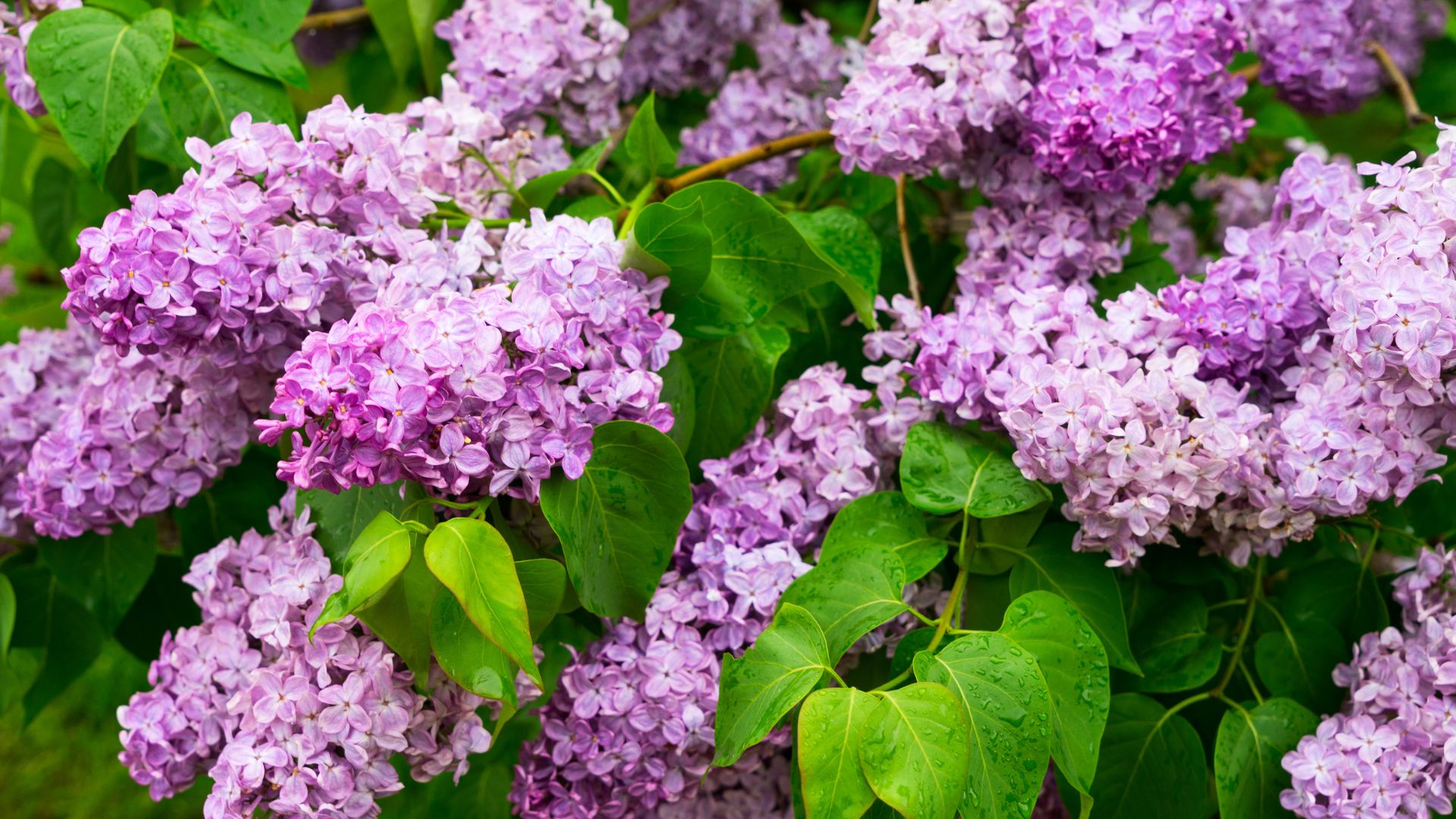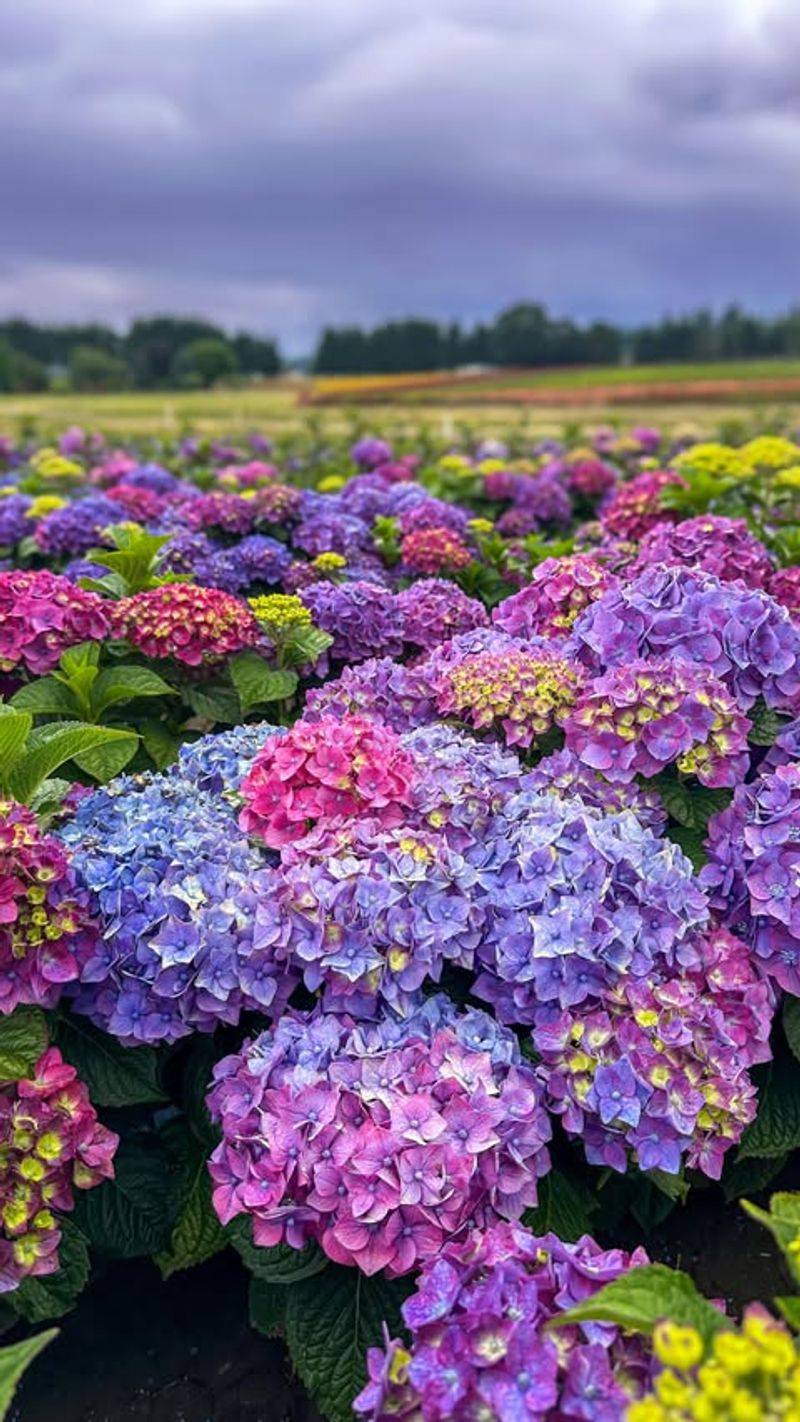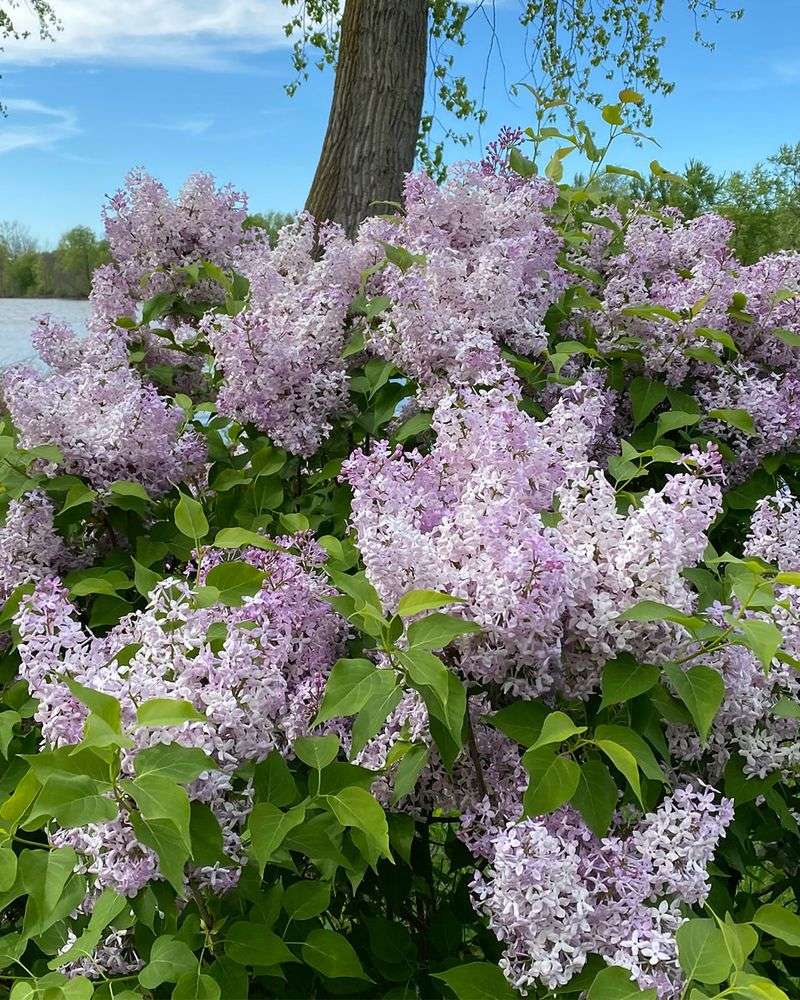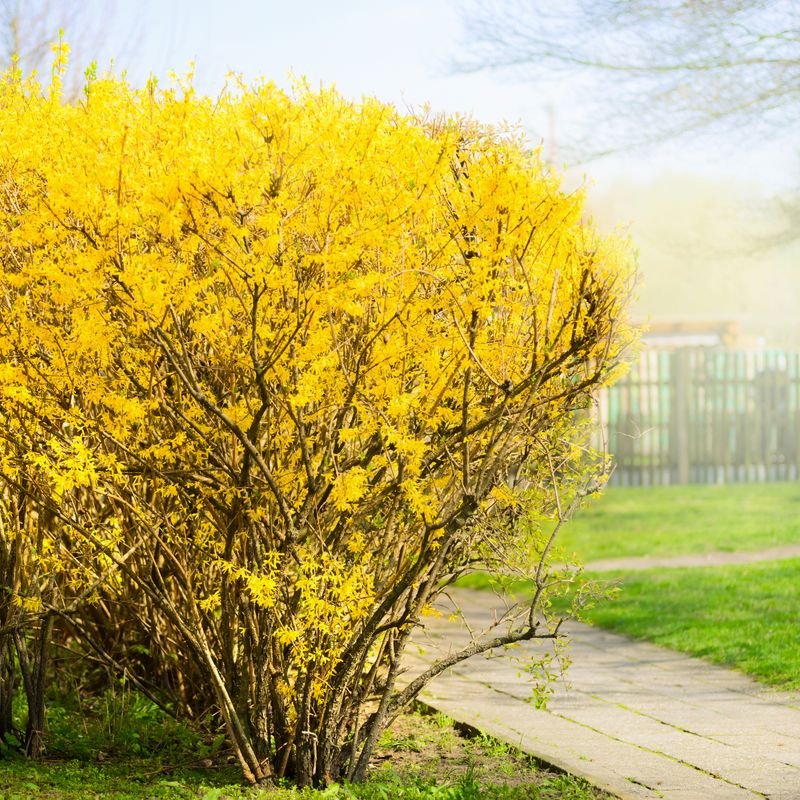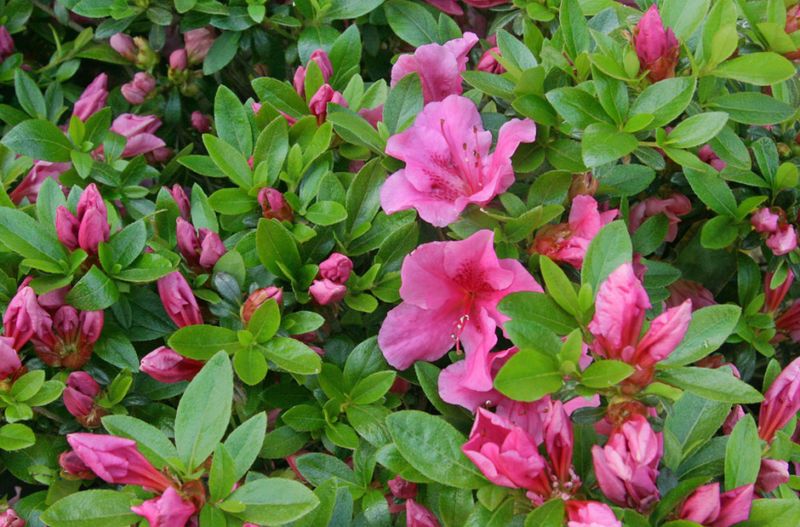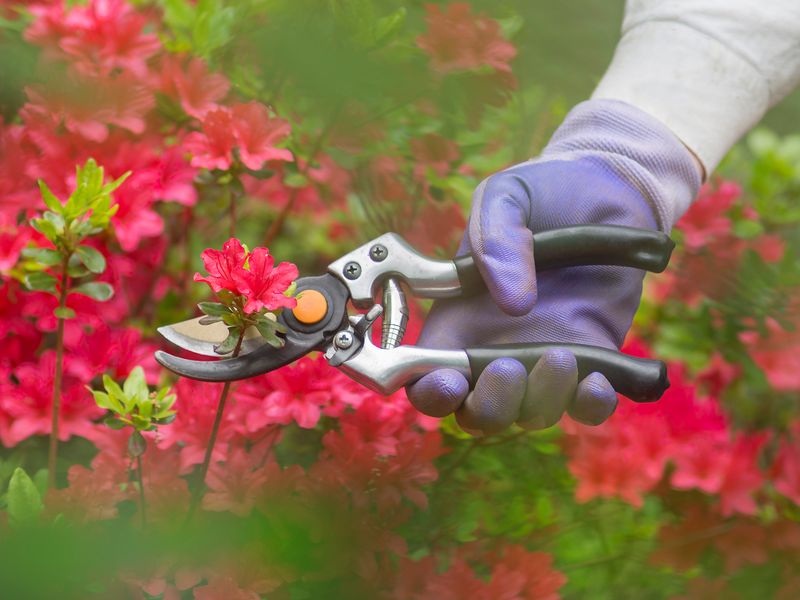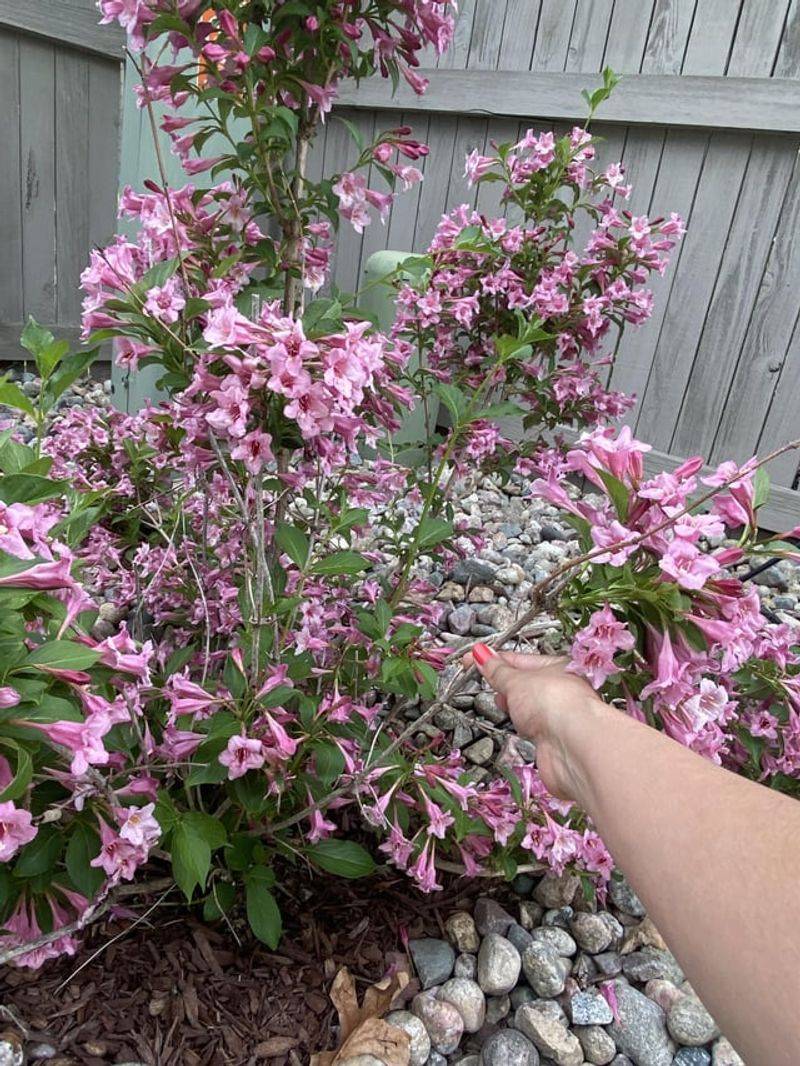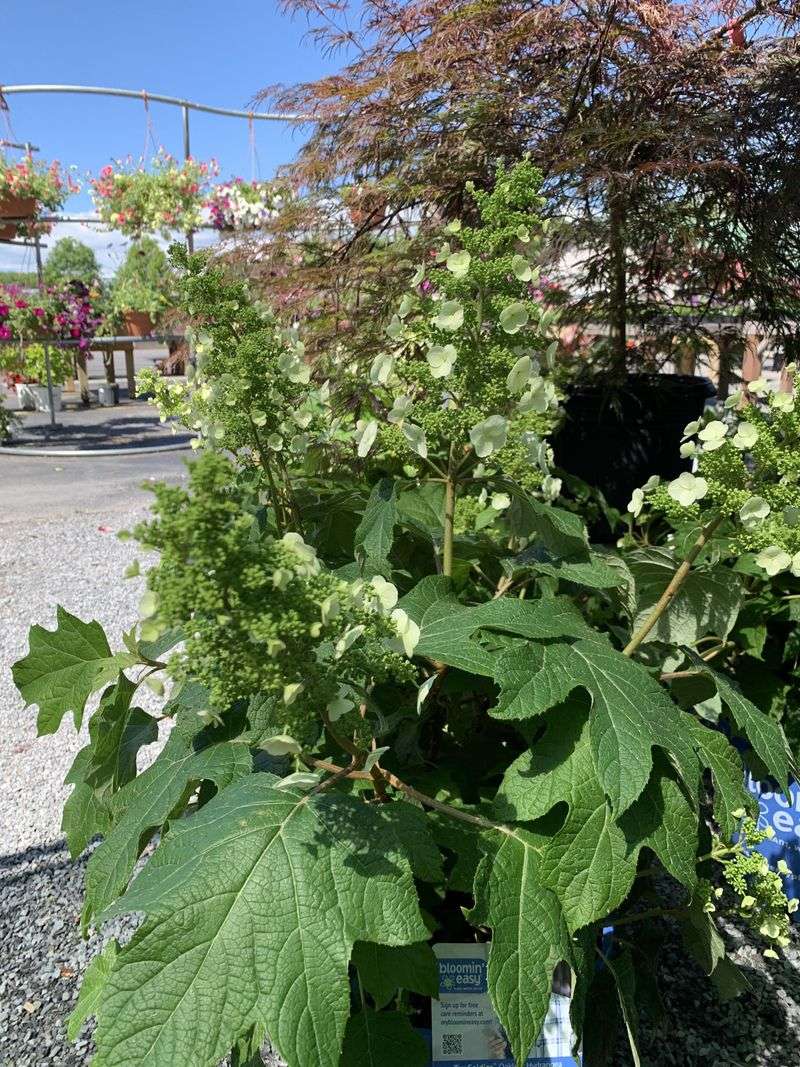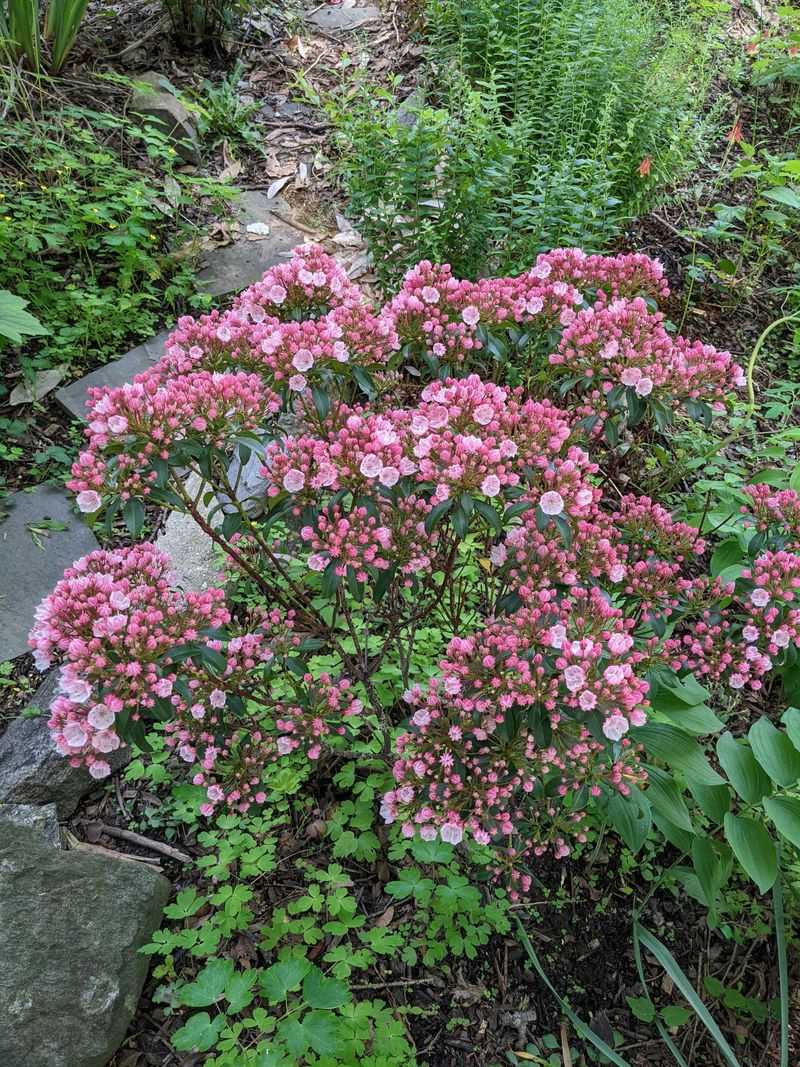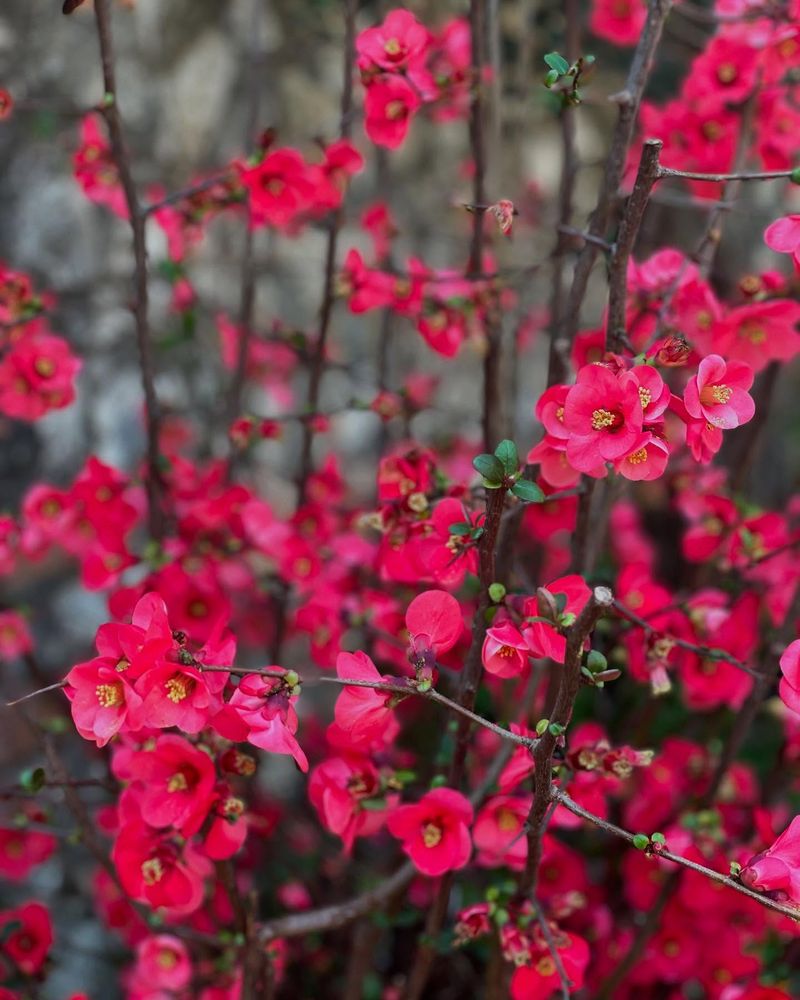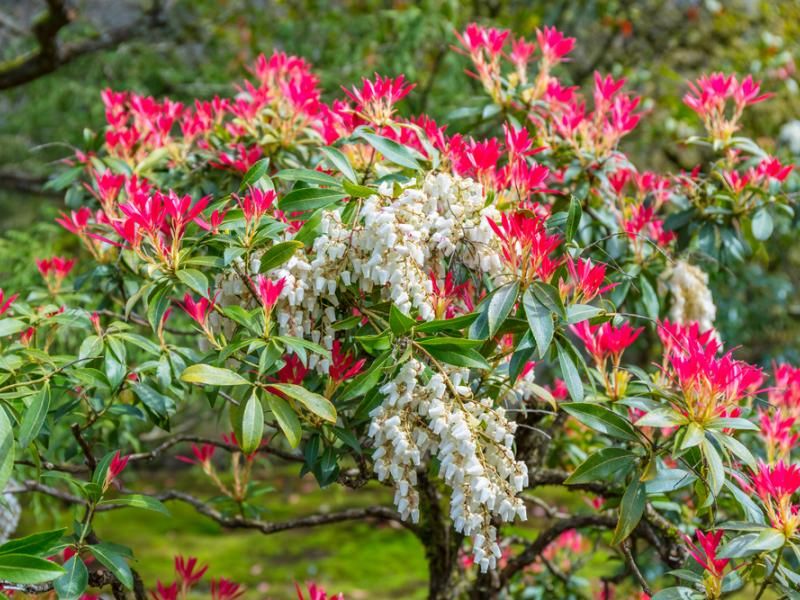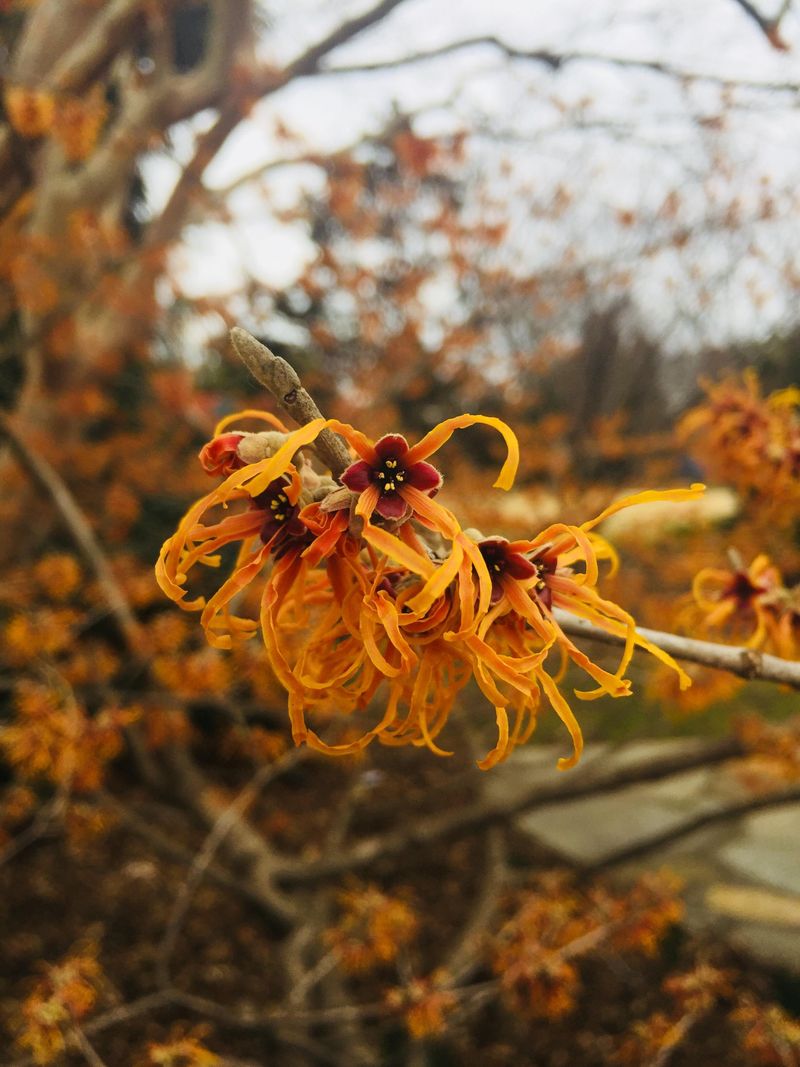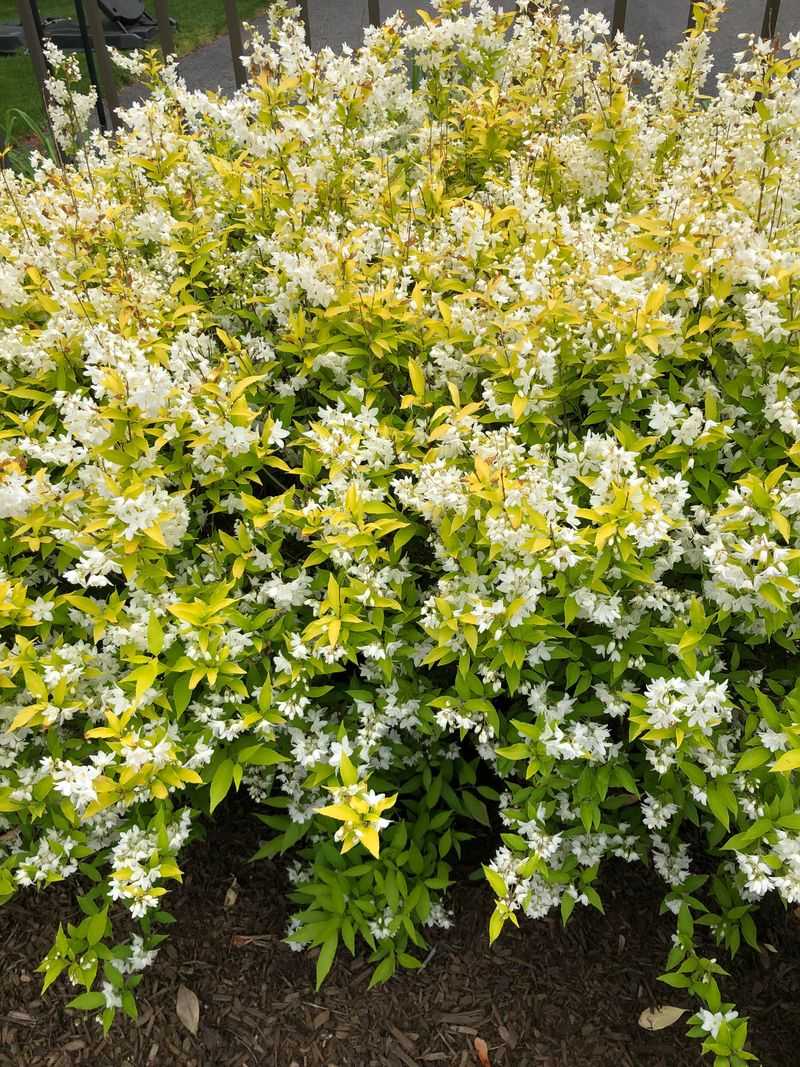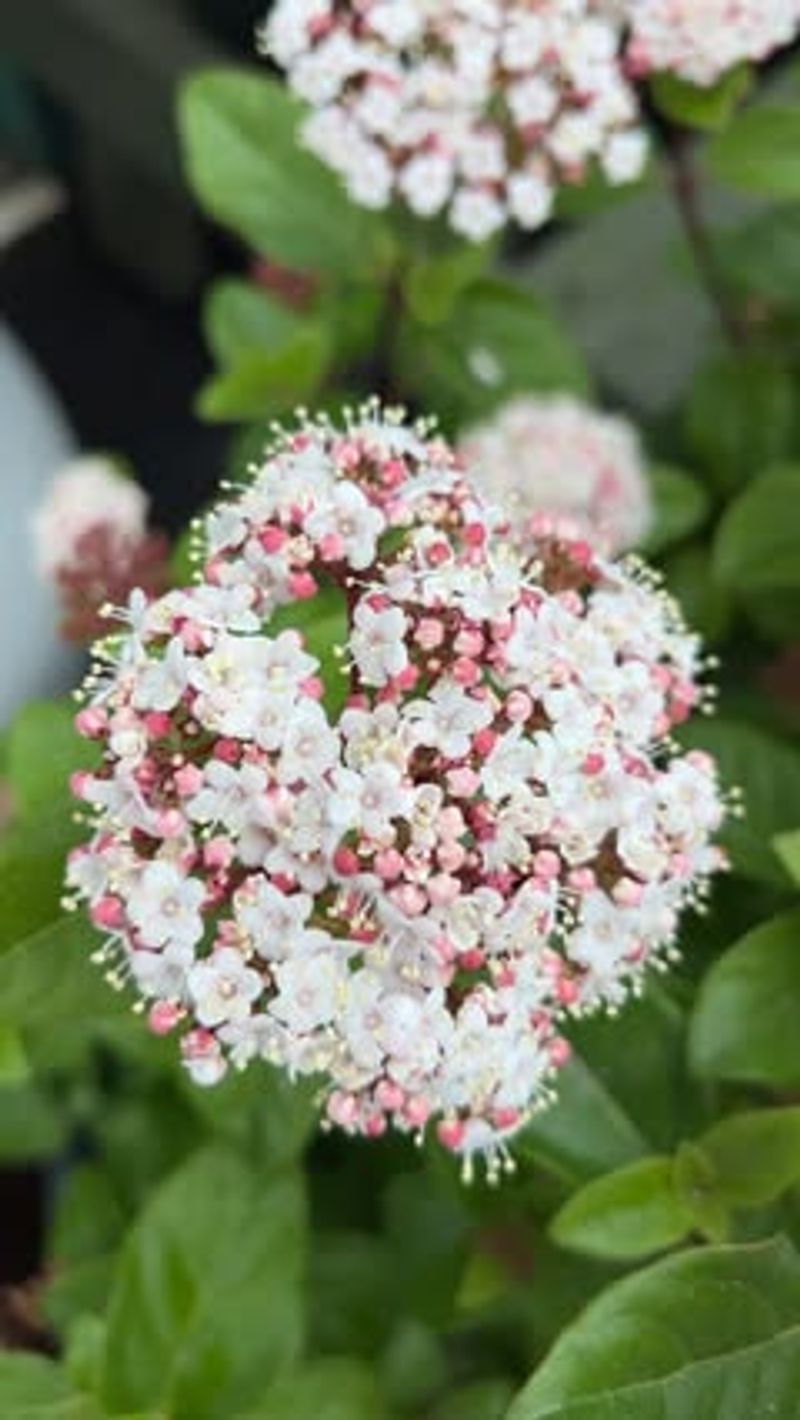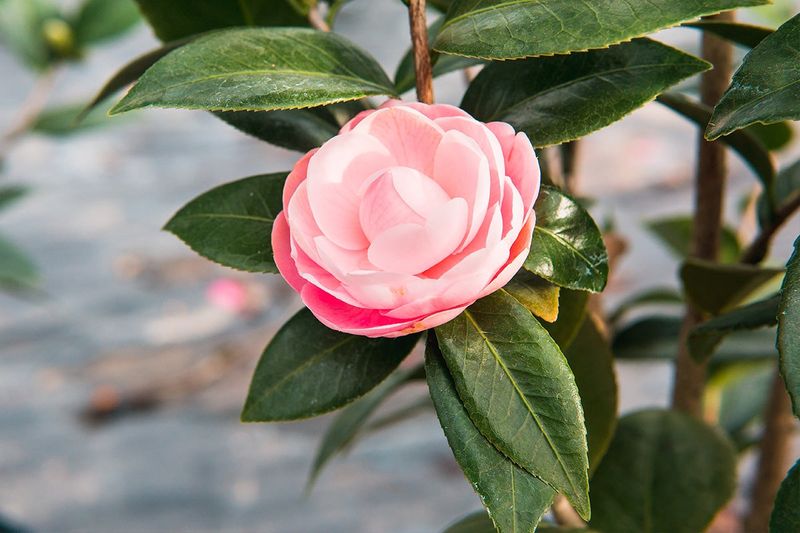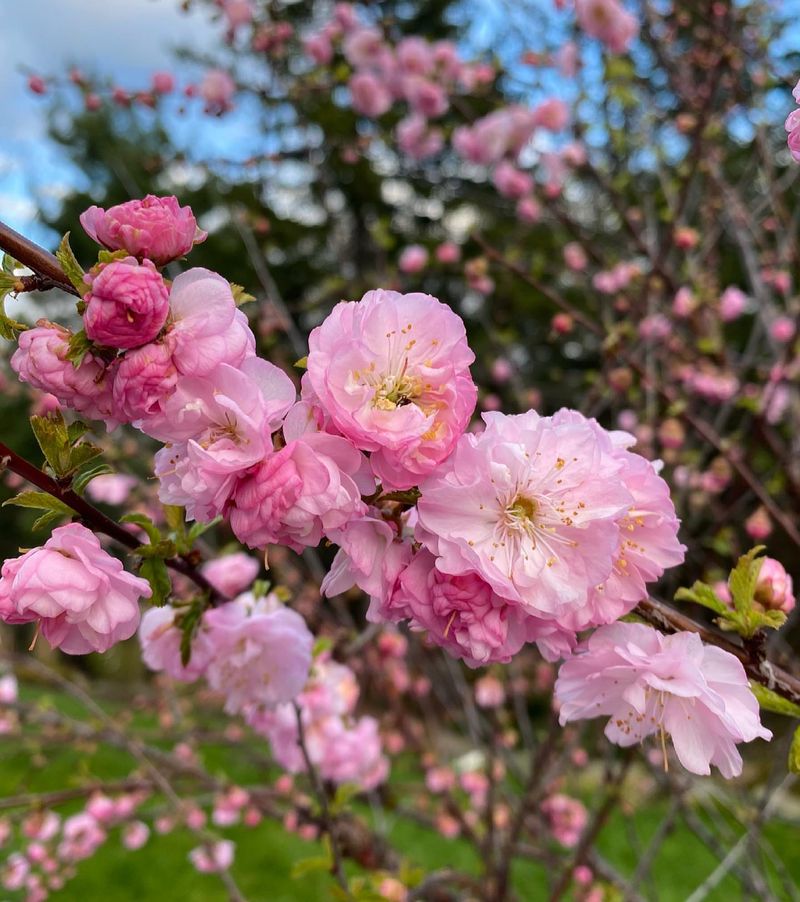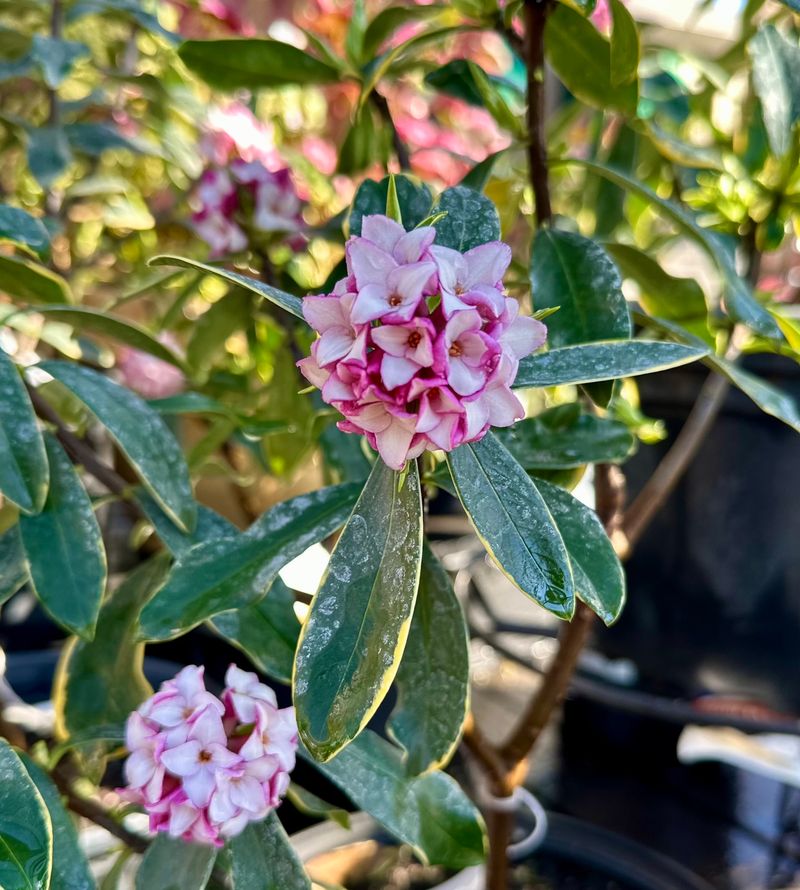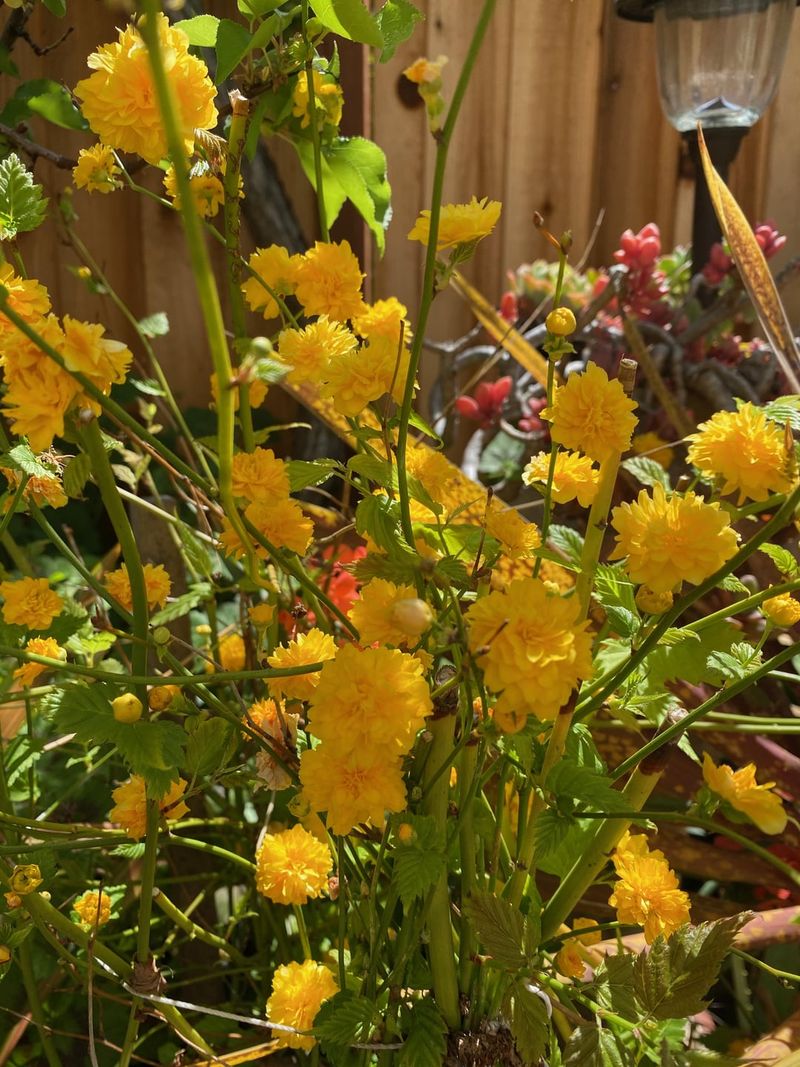Timing is everything when it comes to pruning shrubs. Cut too early or too late, and you might be sacrificing a season’s worth of blooms. While it’s tempting to trim overgrowth as soon as it appears, a little patience goes a long way.
Flowering shrubs like lilacs, forsythia, and azaleas bloom on old wood—meaning they set next year’s buds right after blooming. Prune them too late in summer and you risk snipping off those future flowers before they ever get a chance.
On the other hand, shrubs that bloom on new growth—like butterfly bush or panicle hydrangea—can be pruned in late winter or early spring. Knowing what kind of shrub you’re working with keeps your garden show ready, not show-stopped.
1. Hydrangeas (Macrophylla Varieties)
Cutting these beauties at the wrong time means no flowers next year. Bigleaf hydrangeas form their flower buds during late summer for the following season, so pruning in fall or early spring removes those buds.
The safe window for pruning is immediately after flowering ends, usually by mid-July. Wait too long and you’re cutting next year’s show.
I once chopped mine back in October thinking I was being proactive—then wondered why I had healthy green leaves but zero flowers the entire next summer.
2. Lilacs
Timing matters tremendously with these fragrant spring bloomers. Lilacs develop flower buds during summer on the previous season’s growth, making fall or winter pruning a recipe for disappointment.
Prune within two weeks after flowering ends, typically in late May or early June. This gives the shrub enough time to generate new growth and set buds for next spring.
Waiting until late summer or fall means you’ll remove the developing buds and sacrifice next year’s heavenly scent.
3. Forsythia
Those bright yellow harbingers of spring won’t show up if you prune at the wrong moment. Forsythia blooms on old wood, forming flower buds in summer for the following spring’s display.
Prune immediately after flowering finishes, usually in April or early May. This approach allows plenty of time for new growth to mature and form flower buds for next year.
Many gardeners make the mistake of shearing forsythia in fall cleanup, essentially removing the very branches that would have erupted in yellow come spring.
4. Azaleas
Pruning azaleas after midsummer means cutting off next spring’s blooms. These popular shrubs set their flower buds in late summer, and any pruning after July will diminish their flowering potential.
The ideal window opens right after flowering ends, usually May through early July depending on your climate. A light pruning during this period won’t affect next year’s display.
For major rejuvenation, you might need to sacrifice blooms for a year by pruning harder in early spring, but the renewed vigor is often worth it.
5. Rhododendrons
Fall pruning spells disaster for these magnificent flowering shrubs. Rhododendrons form next year’s flower buds shortly after they finish blooming in spring or early summer.
Trim them within a month after flowering ends—typically May through July depending on your climate. Any later and you’ll be cutting off the developing buds for next year’s show.
For older rhododendrons that need rejuvenation, selective pruning over three years works better than one severe cutting, preserving some blooms each season.
6. Weigela
These trumpet-shaped bloomers operate on a schedule that confuses many gardeners. Weigela produces its main flower display on last year’s growth, with a lighter second flush on new stems.
Prune right after the spring flowering finishes, usually in June. This approach preserves most of your flowers while allowing time for new growth that may produce a smaller fall display.
For older, overgrown specimens, removing a third of the oldest stems at ground level rejuvenates without sacrificing all blooms for the following year.
7. Oakleaf Hydrangea
Unlike their bigleaf cousins, these native hydrangeas have different pruning requirements. Their distinctive white panicle flowers appear on stems that grew during the previous season.
The pruning window opens immediately after flowering ends in late summer. By September, they’re already forming next year’s flower buds, making fall pruning a mistake.
For these woodland natives, less is often more—they naturally develop an attractive architectural form when allowed some freedom rather than heavy pruning.
8. Mountain Laurel
Pruning mountain laurel incorrectly leads to years of recovery rather than months. These slow-growing native shrubs form flower buds during summer for next year’s blooms.
If pruning is necessary, do it immediately after flowering ends in June. Never prune in fall or winter when the flower buds are fully formed and waiting for spring.
Mountain laurels generally need minimal pruning—removing dead branches and an occasional shaping is usually sufficient for these woodland beauties.
9. Flowering Quince
Early spring bloomers like flowering quince follow specific rules that many gardeners overlook. The bright flowers appear on old wood before leaves emerge, making timing critical.
Prune immediately after flowering ends, typically in April. This gives the shrub the entire growing season to develop new branches that will bear flowers next spring.
Fall pruning removes the flower buds that formed during summer, resulting in few or no blooms the following spring—a disappointing outcome for such a spectacular shrub.
10. Japanese Pieris
The drooping bell-shaped flower clusters make this evergreen worth protecting from pruning mistakes. Japanese pieris sets flower buds in summer for next spring’s display.
Prune only in late spring after flowering has finished, typically May to early June. Any later and you’ll remove the developing flower buds for next year’s show.
These slow-growing shrubs rarely need major pruning anyway—usually just removal of dead wood and light shaping to maintain their naturally elegant form.
11. Witch Hazel
These winter-flowering gems operate on a completely different schedule than most shrubs. Their spidery flowers appear during the coldest months when the garden has little else to offer.
Prune immediately after flowering, typically February to March depending on your climate. Any later and you risk removing developing buds for next winter’s display.
Witch hazels naturally develop an attractive vase-shaped form and rarely need extensive pruning—just removal of crossing branches and dead wood keeps them looking their best.
12. Deutzia
Spring-flowering deutzias reward careful timing with cascades of star-shaped blooms. These old-fashioned favorites flower on wood from the previous year, making timing essential.
The safe window for pruning opens immediately after flowering ends, typically in late May or early June. This gives plenty of time for new growth to mature and form flower buds.
Any pruning done after midsummer will reduce next spring’s floral display, a mistake I’ve made and regretted when spring arrived with noticeably fewer flowers.
13. Viburnum
This diverse genus includes many spring-flowering favorites that require strategic timing. Most viburnums bloom on old wood, forming flower buds during summer for next year’s display.
Prune immediately after flowering finishes, usually May through June depending on the species. This approach preserves next year’s blooms while allowing time for new growth.
For overgrown specimens, stagger major pruning over several years rather than removing all the flowering wood at once—your garden will thank you with continued fragrance and berries.
14. Camellia
These winter and spring bloomers follow a schedule that trips up many gardeners. Camellias set their flower buds during summer months, making fall pruning particularly harmful.
The safe window opens immediately after flowering ends, typically February through April depending on the variety. Any later and you’ll sacrifice next season’s gorgeous blooms.
For overgrown plants, major pruning should happen in early spring right after flowering, even if it means removing some buds—they’ll recover more quickly during the growing season.
15. Flowering Almond
These spring showstoppers produce clouds of pink blooms that vanish with improper pruning. Flowering almonds bloom on old wood, developing flower buds during summer for next year’s display.
Prune within two weeks after flowering ends, typically in May. This timing allows new growth to mature and form flower buds for next spring.
Many gardeners mistakenly prune during fall cleanup, then wonder why their shrub produces mostly leafy growth with few of the double pink flowers that make it special.
16. Winter Daphne
The intoxicating fragrance of winter daphne makes proper pruning timing crucial. These temperamental shrubs form flower buds in late summer for winter and early spring blooming.
Limit pruning to immediately after flowering, typically March to April. Even then, prune minimally—daphnes resent heavy cutting and may decline or die in response.
For most daphnes, the best approach is simply removing dead wood and an occasional wayward branch rather than attempting to reshape the entire plant.
17. Kerria
The bright yellow flowers of kerria disappear with incorrect pruning timing. This easy-growing shrub blooms primarily on old wood from the previous season.
Prune within a month after flowering ends, typically in late May or June. This allows new shoots plenty of time to mature and form flower buds for next spring.
For rejuvenation, remove a third of the oldest stems at ground level rather than shortening all branches—this maintains the naturally graceful arching form while encouraging fresh growth.

